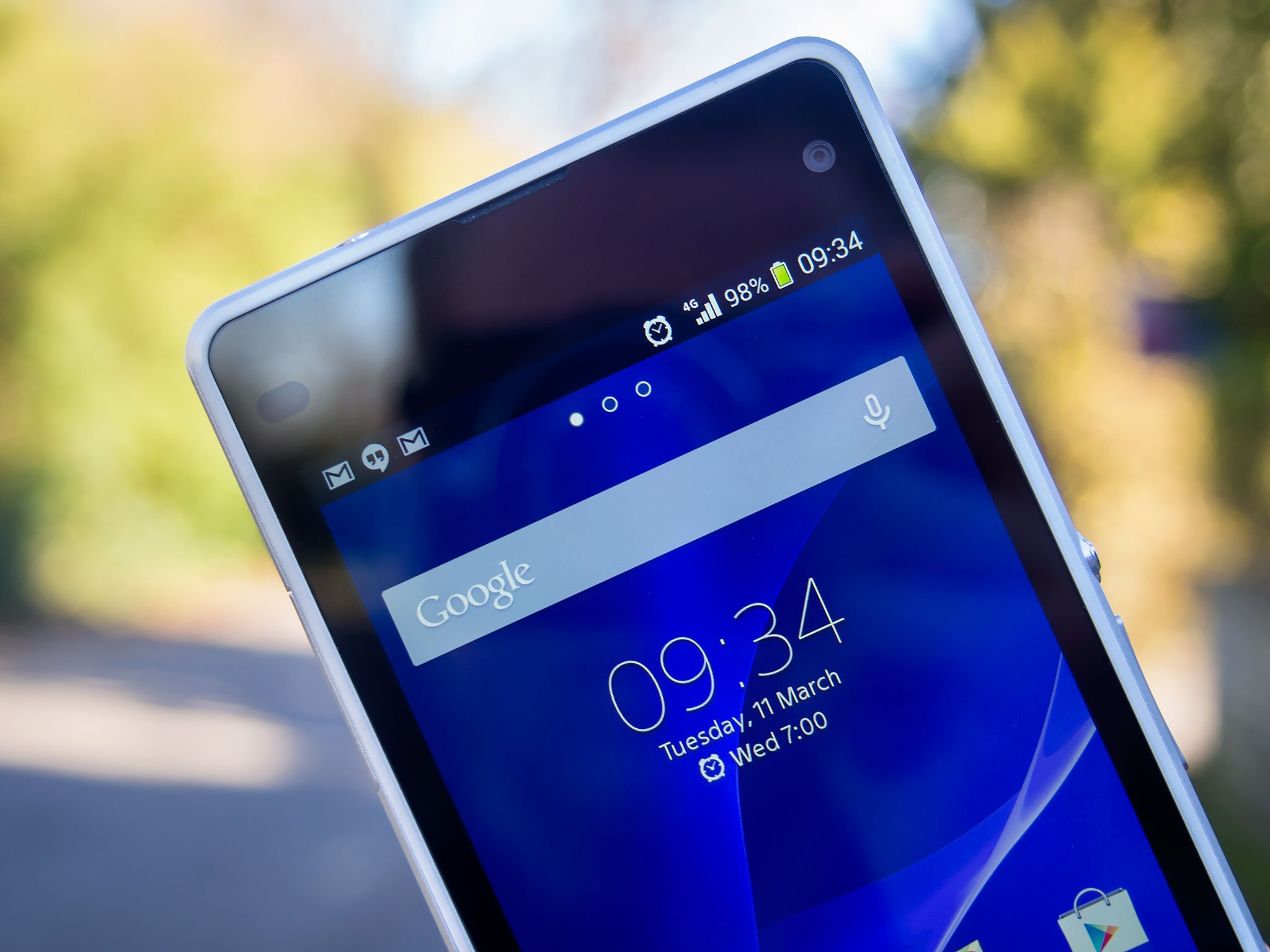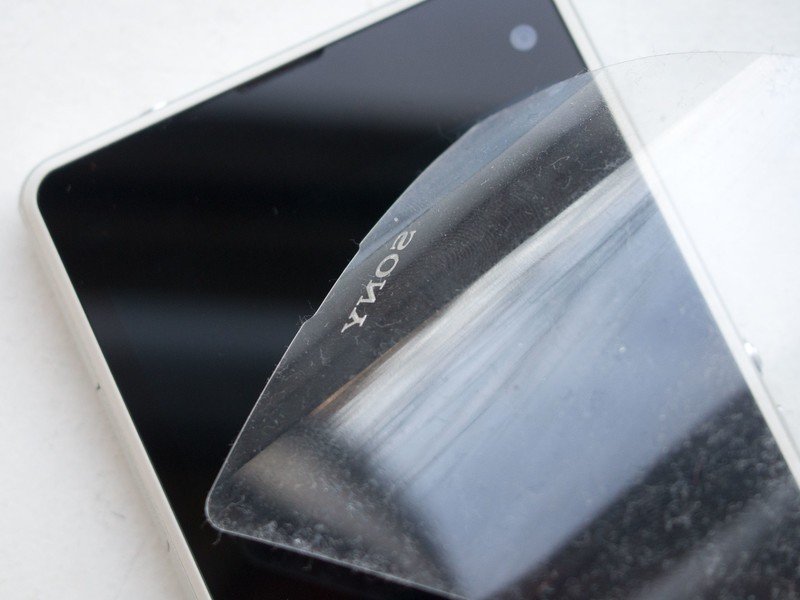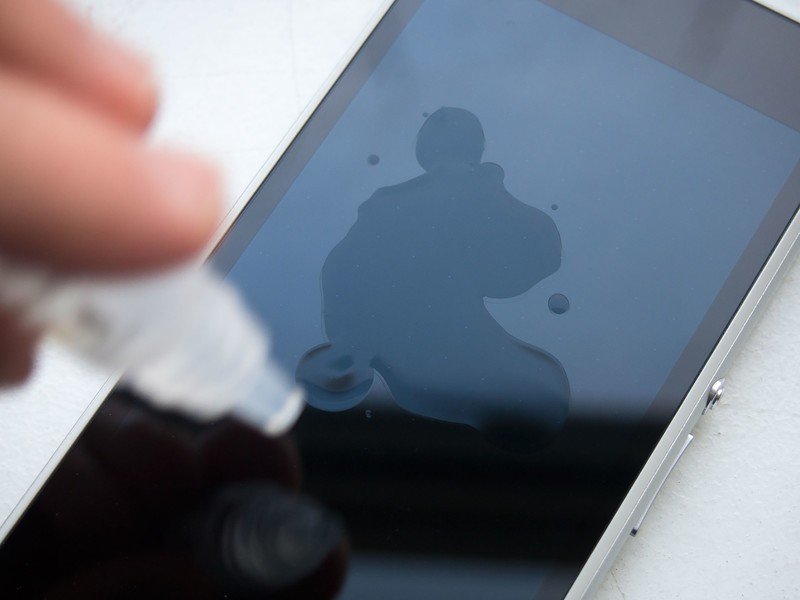How to rid your Xperia phone of Sony's anti-shatter film, and what to replace it with

Sony's fixed screen protectors — officially known as "anti-shatter film" — are finally a thing of the past with the Xperia Z2 series. But the vast majority of Sony smartphones on the market today still come fitted with these slimy-feeling plastic sheets over their displays — and sometimes on the back glass, too.
These don't just make your glass-clad phone feel like plastic, they're also way easier to scratch than the reinforced glass used by most smartphones displays. To cite a couple of examples — Andrew Martonik tore a scratch across the face of his Xperia ZL when it brushed the corner of a MagSafe connector. And the ASF on my own Z1 Compact was dented by a USB connector dropping onto it from a height of around six inches. You'd understandably expect a high-priced piece of consumer electronics to be more resiliant than this, and that's no doubt why Sony has ditched the ASF for its early 2014 flagship.
But what if you've damaged the fixed screen protector on your Xperia phone, or you just don't like the way it feels and want to get rid of it? Well, the process is actually relatively simple — and there are a few options open to you when it comes to replacing the shipped screen protector.
Before we begin, a few things to be aware of ...
- Removing the anti-shatter film will void your warranty. It's a permanent modification of the phone's hardware, and Sony may refuse you warranty service if something else breaks.
- Before removing the anti-shatter film, it's a good idea to have something ready to replace it with — see the later sections of this article.
- Proceed at your own risk. Dragons ahead. The methods we detail below worked for us, but we there's no guarantee they'll do the same for you. Read the full article through before beginning.
- Before doing anything, double-check that your Xperia phone actually has anti-shatter film. You don't want to try picking away at the corner of the screen glass.
- Finally, remember to power off your phone before beginning.
Removing the anti-shatter film

This is the easiest part. There's no single right way to do this, but we found it easiest to pick away at the edge of the film with a fingernail until a corner starts to lift. Then carefully use a knife — seriously, don't stab yourself — to lift the remainder of the plastic film off the screen. Be careful not to dig the knife into the glass below, as this may scratch it — or into yourself, as you'll bleed all over your phone. Once you've got a good section of the anti-shatter film lifted, it's easy to peel the rest off by hand. (Note that on most Xperia phones, the Sony logo on the front is printed on the ASF, not the glass — so removing the plastic sheet will also remove Sony's branding.)
Any residual adhesive left on the glass can be washed off (if your Xperia phone is a water-resistant model) or wiped off with a microfiber cloth or cleaning solution.
There's no oleophobic (anti-fingerprint) coating on the glass beneath the film, which is why it'll gunk up really easily with fingerprints and grease if you use it on its own. So you'll want to replace it with something else...
Option 1: A tempered glass screen protector
Get the latest news from Android Central, your trusted companion in the world of Android

You could use one of the many film screen protectors on the market, but then you'd just be replacing plastic with plastic. If you want to retain the glass feel of the display without becoming mired in fingerprints, you're better off with a tempered glass screen protector.
There are many available from companies such as Orzly (Z1 Compact) and Spigen (Xperia Z1), and most will come with their own set of instructions showing the optimum fitting method.
As a general rule, the trickiest parts are removing every last speck of dust from the screen before beginning (a smartphone cleaning kit is useful here) and getting everything aligned properly.
Option 2: Using an oleophobic coating liquid

If you don't want to replace one screen protector with another, you might want to consider treating your screen with an aftermarket oleophobic solution. This liquid will protect your screen with a nanocoating designed to repel oily fingerprints and other smudges. And a variety of products are available, but we used the Fusso Smartphone solution on our Xperia Z1 Compact with good results. It's available on Amazon UK and Amazon U.S. — though if you're buying from the UK it'll be shipped from Japan, which can take a week or more.

The application instructions are relatiely simple, too. First, wipe the display clean, then use the dropper to apply the solution to the screen and spread it around using the supplied microfiber cloth. The solution dries quickly, so you'll need to be fast. And you'll then need to leave it 6-8 hours to properly bond to the screen. (If in doubt, use a couple of applications — the supplied bottle is good for around 4.)
Once you're done (again, leaving the screen undisturbed overnight is recommended) the glass of your Xperia display should be usable just like any other smartphone screen, and resistant to fingerprints for up to six months.

As we mentioned in the introduction, both of these options involve modifying the phone and voiding your warranty in the process. But if you've already damaged your anti-shatter film, or just can't stand the plasticky feel of it, these are two options to consider. Proceed with care, fearless Xperia modders! At least we won't have to worry about this sort of thing on newer Sony phones like the Xperia Z2.

Alex was with Android Central for over a decade, producing written and video content for the site, and served as global Executive Editor from 2016 to 2022.
